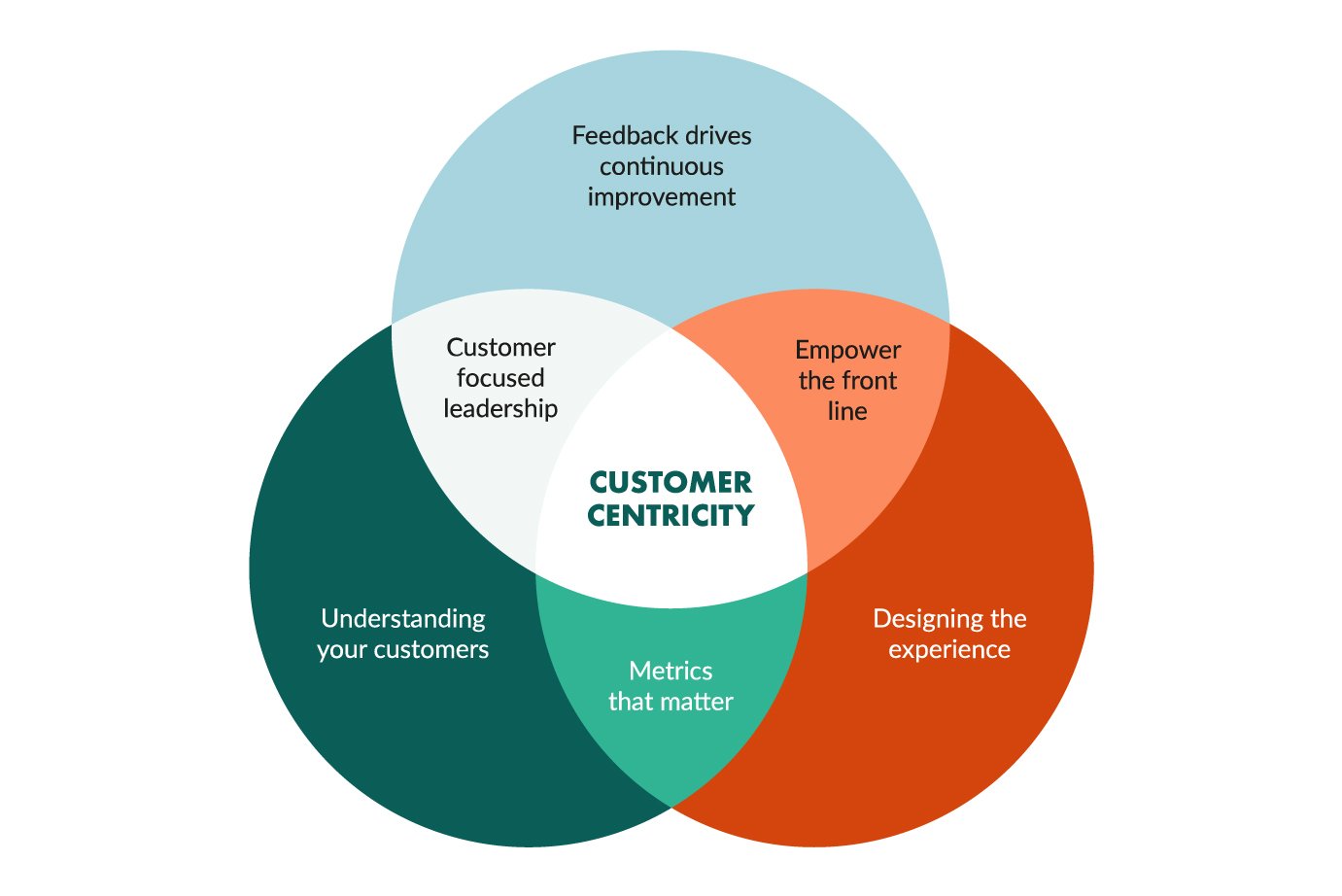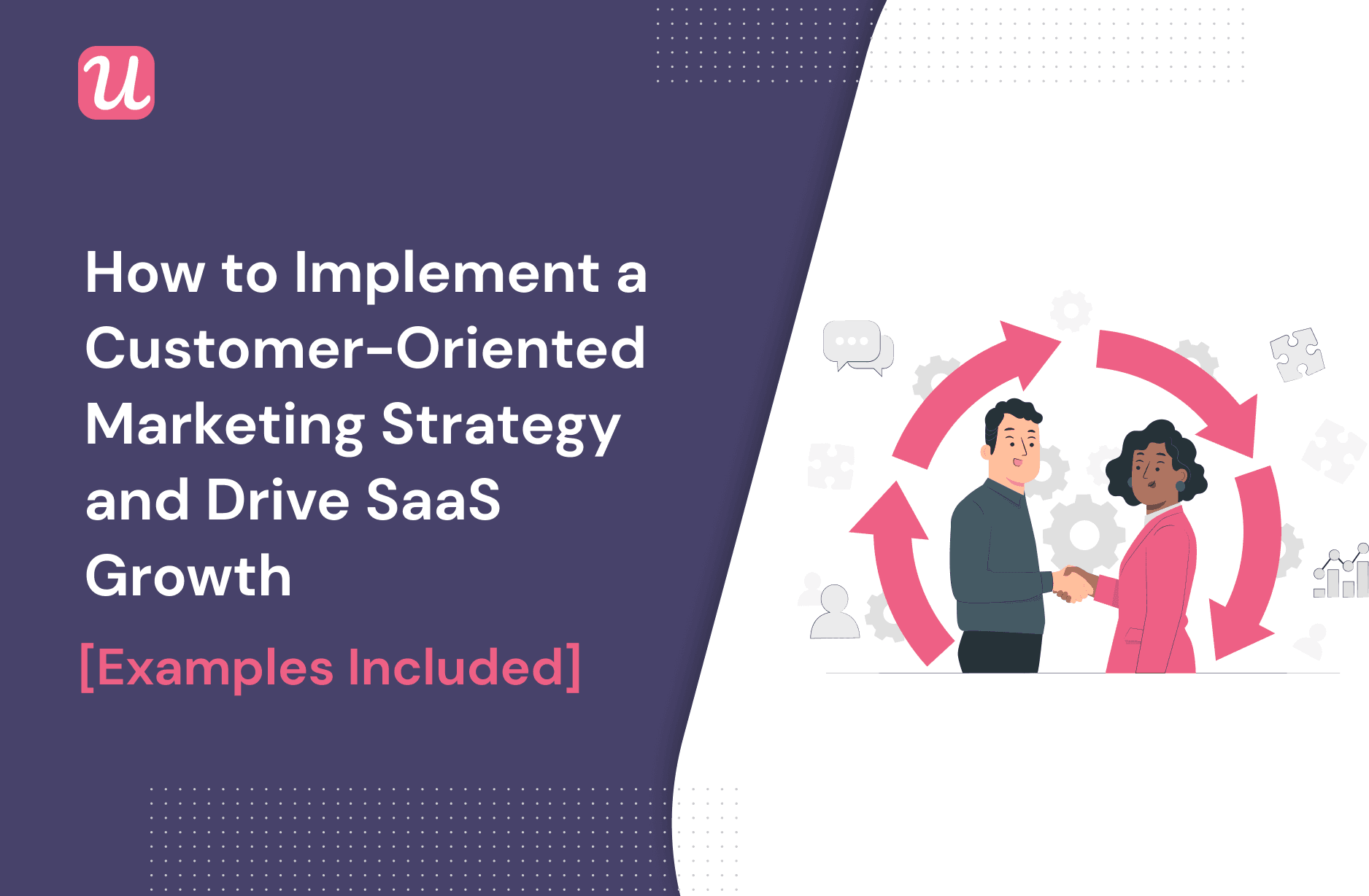Customer orientation is a fundamental aspect of the marketing concept, shaping strategies to meet customer needs and preferences effectively. By prioritizing customer satisfaction and understanding their desires, businesses can tailor their products, services, and marketing efforts to create a personalized experience that resonates with their target audience.
This customer-centric approach enhances brand loyalty, fosters long-term relationships, drives repeat purchases, and ultimately leads to business growth and success. With a customer-oriented mindset, companies can adapt to changing market dynamics, anticipate customer demands, and stay ahead of the competition.
By aligning all aspects of their business with customer needs, organizations can establish a strong market position and achieve sustainable profitability.

Credit: www.coursehero.com
Defining Customer Orientation
Defining Customer Orientation is essential in understanding how it plays a significant part in the marketing concept. Essentially, customer orientation refers to a strategic approach that places the customer at the core of a business’s operations and decisions. This not only involves understanding and meeting customer needs but also anticipating future needs and creating products or services that add value to the customer’s experience.
What Is Customer Orientation?
Customer orientation, also known as customer-centricity, is a business strategy that prioritizes creating a positive customer experience by aligning products and services with customer needs and preferences. It involves a deep understanding of customer behavior, preferences, and expectations, ultimately influencing marketing efforts to cater to these aspects.
Key Elements Of Customer Orientation
There are several key elements that define customer orientation, including:
- Customer Focus: Placing the customer at the center of all business activities.
- Market Research: Conducting thorough research to understand customer needs and market trends.
- Customization: Tailoring products and services to meet specific customer demands.
- Feedback Integration: Actively seeking and integrating customer feedback into product development and marketing strategies.

Credit: www.superoffice.com
Understanding The Marketing Concept
The marketing concept is a fundamental principle in the world of marketing. It centers around the idea of delivering value to customers and building long-term relationships. In a highly competitive business landscape, customer orientation plays a crucial role in effectively implementing the marketing concept. By putting the customer at the heart of all marketing efforts, businesses can understand their needs and preferences, create tailored products or services, and foster meaningful connections. Let’s explore the core principles of the marketing concept and the importance of a customer-centric approach.
The Core Principles Of The Marketing Concept
The marketing concept revolves around three key principles:
- Customer Orientation: Placing the customer’s needs and wants at the center of all marketing decisions.
- Integrated Marketing: Ensuring all marketing activities work together cohesively to deliver a consistent message and experience.
- Profitability: Achieving company goals and profitability by satisfying customer needs more effectively than competitors.
Customer-centric Approach
A crucial aspect of the marketing concept is adopting a customer-centric approach. This means businesses must understand their customers deeply and prioritize their desires and requirements throughout the entire marketing process.
A customer-centric approach involves:
- Focusing on customers: Building buyer personas, conducting market research, and gathering customer feedback to gain insights into their needs, desires, and pain points.
- Customizing offerings: Tailoring products, services, and marketing communications to address specific customer segments and their preferences.
- Delivering exceptional experiences: Prioritizing superior customer service, establishing two-way communication channels, and creating memorable interactions to build long-lasting relationships.
- Adapting to change: Staying agile and responsive to evolving customer demands and market trends to ensure ongoing customer satisfaction.
By incorporating a customer-centric approach, businesses can better anticipate and fulfill customer wants, thus gaining a competitive advantage. Building strong relationships with customers leads to increased loyalty, repeat purchases, positive word-of-mouth recommendations, and ultimately, long-term profitability.
Importance Of Customer Orientation
Importance of Customer Orientation: Understanding the importance of customer orientation is crucial in the marketing concept. It focuses on enhanced customer satisfaction and building long-term relationships, contributing to business success.
Enhanced Customer Satisfaction
Customer orientation leads to enhanced customer satisfaction by aligning products and services with customer needs. By prioritizing customer feedback and preferences, businesses can tailor their offerings for higher satisfaction levels.
Building Long-term Relationships
Building long-term relationships is a key outcome of customer orientation. By fostering trust and loyalty, businesses can nurture lasting connections. This approach goes beyond one-time transactions and focuses on creating repeat customers.

Credit: userpilot.com
Implementation In Marketing Strategy
Incorporating customer needs and preferences into marketing strategies is crucial for success. By focusing on customer orientation, businesses can tailor their approach to meet specific demands, fostering brand loyalty and driving growth. Customer-centric marketing strategies enhance engagement and satisfaction levels, ultimately leading to increased sales and long-term relationships.
Implementing a customer-oriented approach in marketing strategy is pivotal for businesses to stay relevant in today’s competitive landscape. Tailoring products and services, as well as customizing communication channels, are essential aspects of incorporating customer orientation into marketing efforts.Tailoring Products And Services
Customizing products and services to meet the specific needs and preferences of customers is integral to a customer-oriented marketing strategy. By collecting and analyzing customer feedback and market data, businesses can identify trends and patterns that inform the development of tailored offerings. This approach not only enhances customer satisfaction but also fosters loyalty and repeat business.Customized Communication Channels
In a customer-oriented marketing strategy, personalized and targeted communication channels play a crucial role in engaging with customers. Utilizing customer data to create customized messaging through email, social media, and other platforms enhances relevance and resonance, thereby strengthening the brand-customer relationship. By focusing on tailoring products and services and customizing communication channels, businesses can effectively integrate customer orientation into their marketing strategies, fostering long-term success and growth.Challenges And Solutions
When implementing a customer orientation strategy, businesses often face various challenges. Overcoming internal resistance and adapting to dynamic customer needs are two key hurdles to be tackled. Let’s take a closer look at these challenges and explore potential solutions for a successful transition.
Overcoming Internal Resistance
One of the biggest challenges in shifting towards a customer-oriented marketing concept is internal resistance. This resistance can arise from employees, management, or even organizational culture, making it essential to address and overcome it effectively.
Solution 1: Foster open communication: Encouraging employees to voice their concerns and ideas can help overcome internal resistance. By creating a culture of collaboration, everyone in the organization can feel valued and involved in the transition process.
Solution 2: Education and training: Providing training programs focused on customer orientation can help employees understand the value of this approach. With proper knowledge and skills, employees can embrace the concept and contribute effectively to its implementation.
Solution 3: Lead by example: For a successful transition, leadership must demonstrate a commitment to customer orientation. When leaders prioritize customer satisfaction and communicate their vision consistently, it inspires employees to align their actions accordingly.
Adapting To Dynamic Customer Needs
In today’s rapidly evolving market, customer needs and preferences are constantly changing. Businesses must be agile and adaptable to stay competitive and meet these dynamic demands effectively.
Solution 1: Data-driven insights: Utilizing data analysis and market research can provide valuable insights into customers’ changing needs. By gaining a deeper understanding of their preferences, businesses can tailor their marketing strategies to deliver relevant products or services.
Solution 2: Continuous innovation: Innovation is crucial to staying ahead of evolving customer needs. By investing in research and development, businesses can create new products or improve existing ones to meet changing market demands, ultimately enhancing customer satisfaction and loyalty.
Solution 3: Active engagement: Regularly engaging with customers through feedback channels and social media platforms allows businesses to stay connected and responsive to their needs. By actively listening to customer feedback, businesses can adapt their offerings in real-time and build stronger relationships.
Implementing customer orientation in the marketing concept may present challenges, but with effective solutions, businesses can turn these obstacles into opportunities for growth and success.
Measuring The Impact
Measuring the Impact of customer orientation in the marketing concept is crucial for businesses to understand the effectiveness of their efforts in satisfying customer needs and building long-term relationships. By quantifying the impact, companies can gauge the success of their customer-centric approach and make informed decisions to refine their marketing strategies and improve customer satisfaction.
Key Metrics For Customer Orientation
Businesses utilize various key metrics to evaluate the impact of customer orientation on their marketing activities. Some essential metrics include:
- Customer Satisfaction Scores (CSAT)
- Net Promoter Score (NPS)
- Customer Retention Rate
- Customer Lifetime Value (CLV)
- Repeat Purchase Rate
Case Studies And Success Stories
Assessing the impact of customer orientation often involves examining real-life case studies and success stories of businesses that have effectively implemented customer-centric strategies. By analyzing these cases, companies can gain valuable insights into how customer orientation has contributed to improved brand loyalty, increased sales, and enhanced customer experiences.
Frequently Asked Questions
What Is Customer Orientation In Marketing Concept?
Customer orientation in marketing is focusing on meeting customer needs and preferences to provide value and build long-term relationships.
What Are The Benefits Of Customer-oriented Marketing Concept?
Customer-oriented marketing concept benefits businesses by focusing on customer needs, increasing customer satisfaction, building brand loyalty, and driving sales. By understanding and meeting customer expectations, businesses can achieve long-term success, improve customer retention rates, and gain a competitive edge in the marketplace.
What Is The Role Of Company Goals Play In The Marketing Concept?
Company goals guide marketing strategies and tactics to achieve specific objectives. They provide direction for product development, pricing, promotion, and distribution. Aligning marketing efforts with company goals ensures a focused and coordinated approach, leading to improved efficiency and effectiveness in reaching target markets.
Is Customer Orientation A Component Of Market Orientation Places The Customer At The Core Of All Aspects Of The Enterprise?
Yes, customer orientation is a key component of market orientation, placing the customer at the core of the enterprise.
How Does Customer Orientation Benefit A Business?
Customer orientation helps companies understand and meet customer needs for long-term success.
Conclusion
Customer orientation is a vital component of the marketing concept. By putting customers at the forefront of decision-making, businesses can better understand their needs and desires. This customer-centric approach leads to the development of products and services that truly resonate with consumers, creating long-term loyalty and satisfaction.
Embracing customer orientation allows businesses to adapt and thrive in an ever-changing marketplace, ultimately achieving their marketing goals. So, be customer-focused and watch your business flourish!











